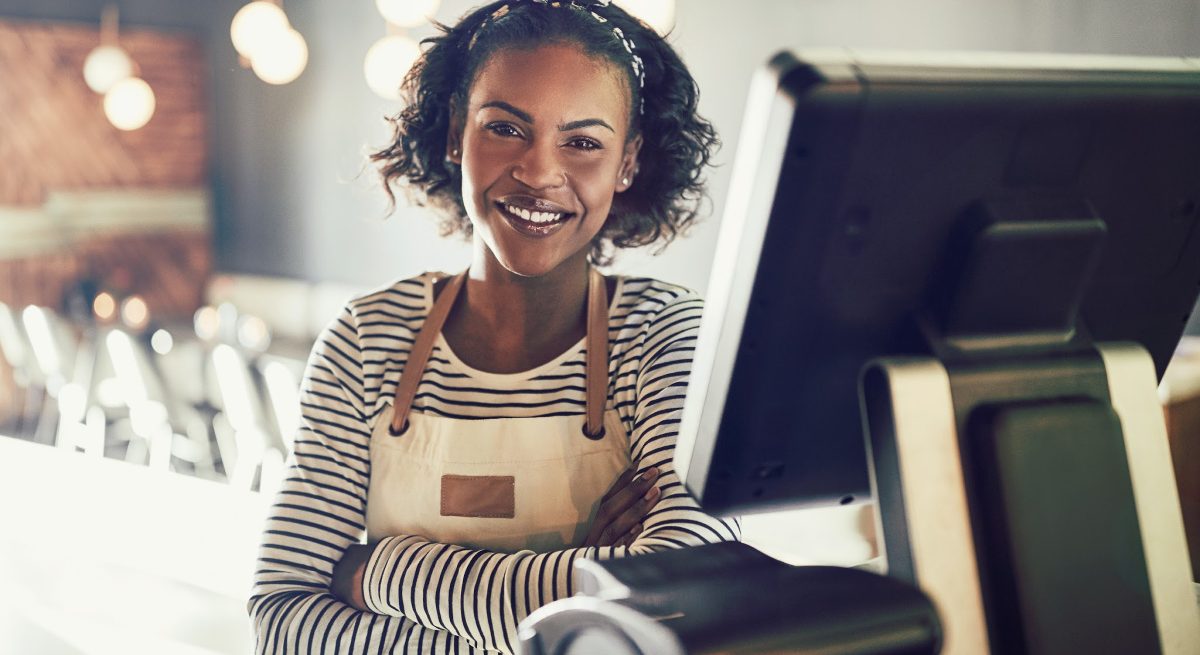How Restaurant Operators Can Optimize their POS Investment in the COVID-19 Environment
3 Min Read By Gordon Gardiner
There have been many industries that have had to adjust to the new reality of COVID-19, but likely none have been more dramatically impacted than the restaurant industry. Restaurants are slowly reopening to an entirely new set of business circumstances including a laundry list of state mandates, a wary public, and an economic hangover.
There’s one question that’s now on the minds of operators everywhere: …
Despite these conditions, the expectations placed on restaurant operators are greater than ever. On top of the everyday commitment to prepare great food, provide stellar service, and maintain an inviting environment, restaurant operators have, in recent years, been challenged to meet higher standards for protecting customer payment information – and now to preserve public health and safety. The responsibility is daunting, some may say overwhelming.
As restaurants work to re-tool in preparation for the return of in-house guests, there’s one question that’s now on the minds of operators everywhere: how can their existing point-of-sale (POS) system and related technologies help to provide a safe environment with secure payments?
The POS serves as the command center for nearly every restaurant operation, so it’s a logical place to start when responding to the circumstances brought on by the pandemic. It also represents one of the largest investments for a restaurant operator, so it only makes sense to explore how the investment can be leveraged to provide additional value.
… How can their existing point-of-sale (POS) system and related technologies help to provide a safe environment with secure payments?
Through direct integration with the POS, restaurant operators can extend their POS to create a truly secure and touchless environment. This option is available for several well-known and widely used POS systems such as Aloha, MICROS, Squirrel, Dinerware and Focus – and can be utilized without the hassle of having to re-program menu items and prices, or retrain waitstaff. It can also help operators avoid any changes to merchant processing or pricing.
By using a fully PCI and EMV compliant pay-at-the-table device that extends the POS to the table, restaurant guests are empowered to use their phone to facilitate the transaction. With the simple scan of a QR code, guests can immediately launch a payment process that’s both encrypted and entirely touchless.
Establishing this type of touchless experience gives restaurants the ability to address consumer preferences. The consumer can choose either to reduce contact with a payment system where they control their own credit card, or to eliminate all contact with a touchless payment option.
The peace-of-mind offered by a touchless environment is similar to that gained when EMV and PCI were first introduced to the payment process. Regardless of how consumers choose to pay, maintaining PCI and EMV compliance remains paramount. Prior to the pandemic, “chargebacks” had been an escalating issue for restaurant operators that hadn’t yet become EMV compliant, and the security of consumer card information was always under constant threat from hackers.
Moving forward, the protection of personal health will now be on par with protection of personal financial information.
These financial and health assurances are vital to bringing diners back to restaurants, and to the resurrection of the industry as a whole. Moving forward, the protection of personal health will now be on par with protection of personal financial information. Whether restaurant operators like it or not, these responsibilities are now table stakes for the restaurant industry and the new fundamentals for delivering the ultimate dining experience.
Who knows? Perhaps as time passes and circumstances evolve, restaurant operators will realize that they’re better off in the end for extending their POS to the table. Perhaps they’ll see that they’re better prepared for contactless and touchless payment technologies of the future, or that customers are willing to share valuable data and feedback at the time of payment – or that they’re suddenly getting more value out of their POS investment than ever imagined.
Nobody knows for sure how restaurants will bear the greater burden, but one thing is certain: the POS is up to the task – it’s just a matter of getting the most out of it.


